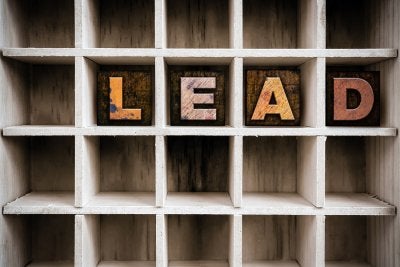Lead-based paint and lead-contaminated dust are the most common sources of lead poisoning in children and adults, despite the fact that such paints have been banned for residential use since 1978. If you live in an older residence, it’s recommended that you schedule a lead inspection in San Francisco to determine whether this toxic heavy metal is present inside your home. However, lead-based paint isn’t the only source of lead poisoning. To protect yourself and your family, read this short blog to learn more about lead toxicity and to recognize the signs of lead poisoning.
Signs and Symptoms of Lead Poisoning 
Initially, and at small doses, lead poisoning can be hard to detect, especially in health children and adults. Because the most recognizable signs of lead poisoning usually don’t appear until dangerous amounts have accumulated inside the body, seek medical attention if you recognize the following chronic symptoms in yourself or your family:
- Abdominal pain
- Mood disorders
- Constipation
- Muscle pain
- Headache
- Memory loss
- Hearing loss
- Sluggishness and fatigue
Lead Poisoning Risk Factors
Although lead is harmful to all humans at high enough doses and over long enough periods of time, there are certain factors that can increase one’s risk of becoming lead poisoned. Infants and young children, for example, are more likely to be exposed to lead than adults and absorb the heavy metal more easily. People who live in homes or apartment buildings that were built before 1980 are also at risk of prolonged exposure to lead through the remnants of lead-based paints.
Lead Poisoning Prevention
Children and adults are most frequently exposed to dangerous levels of lead inside older homes, which is why you should schedule a lead-based paint inspection with an environmental testing company in San Francisco before doing any remodeling or touch-up work in an older house that may contain lead paint. If your home has older plumbing containing lead pipes or fitting, run the cold water for at least one minute before using and avoid using the hot water tap to make baby formula or for cooking.

